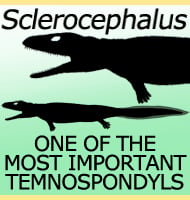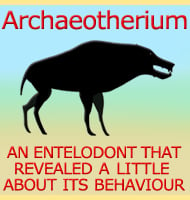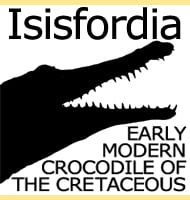In Depth
Equijubus seems to have been a primitive hadrosauroid from the early Cretaceous of China, though some have considered the genus to be more simply an iguanodont. Despite this, the skull of Equijubus lacks a palpebral bone, meaning that the eye did not have a bony projection jutting above it.
Further Reading
- The earliest-known duck-billed dinosaur from deposits of late Early Cretaceous age in northwest China and hadrosaur evolution. - Cretaceous Research 24:348-355 - H.-L. You, Z.-X. Luo, N. H. Shubin, L. M. Witmer, Z.-L. Tang & F. Tang - 2003.- Dinosaur-associated Poaceae epidermis and phytoliths from the Early Cretaceous of China. – National Science Review. 5 (5): 721–727. – Yan Wu, Hai-Lu You & Xiao-Qiang Li – 2018.









